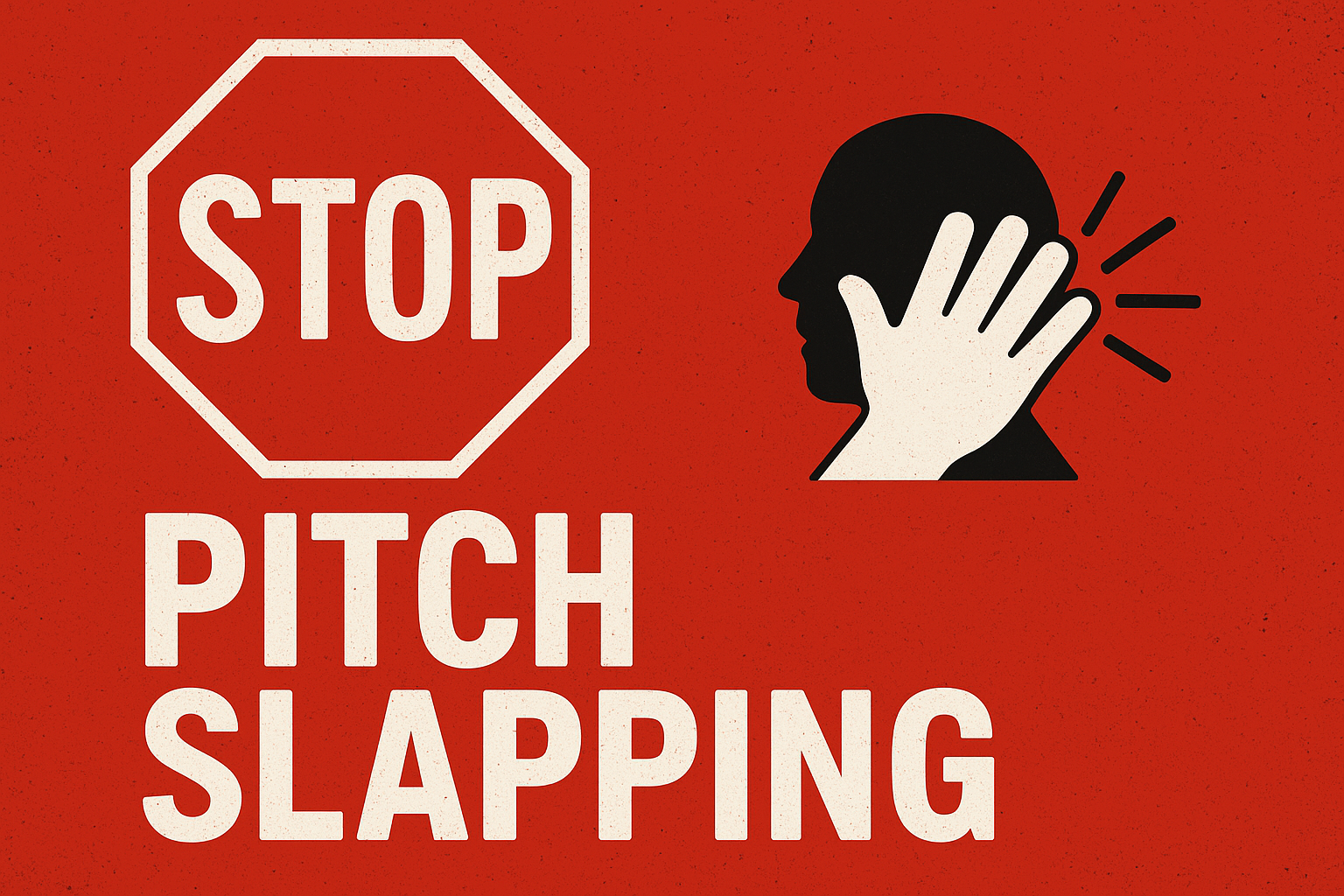
Optimizing CRM Data for Middle-of-the-Funnel and Trial Success

Optimizing CRM Data for Middle-of-the-Funnel and Trial Success
Introduction
Maintaining accurate and real-time CRM data during the middle stages of the sales funnel and trial activities is crucial for driving sales success. These stages often determine whether a lead transitions into a loyal customer or drops off the pipeline. Sales teams must ensure visibility, communication, and engagement to create a seamless customer experience and enable strategic decision-making.
This article outlines five essential practices for CRM management during these critical stages. By focusing on key CRM data points, monitoring trial engagement, ensuring deal visibility, facilitating team communication, and prioritizing trial engagement, your sales team can boost close rates and foster stronger relationships with prospects.
1. Focus on Key CRM Data Points
The backbone of CRM optimization lies in consistent updates to essential fields, including:
- Next Activity: Schedule upcoming actions to maintain momentum with prospects.
- Last Activity: Log every interaction for comprehensive tracking.
- Next Step: Define actionable follow-ups for clarity.
- Deal Description: Summarize engagement levels and deal status.
- Close Date: Provide realistic timelines for pipeline forecasting.
- Deal Value: Highlight the potential revenue impact.
Regular updates to these fields keep your CRM accurate, creating a reliable source of truth for all sales activities.
2. Monitor and Document Trial Engagement
The trial phase offers unique insights into a prospect’s interest and commitment. Track:
- Initial Sign-Ins: When the prospect first accesses the trial.
- Usage Frequency: How often and how extensively trial features are used.
- Data Uploads: Whether the prospect integrates or manually inputs data.
Recording these activities allows the sales team to gauge interest levels and tailor follow-ups to encourage further engagement.
3. Ensure Real-Time Visibility of Deal Status
Timely updates to CRM data enable quick decision-making. Sales representatives should:
- Regularly review key fields.
- Highlight significant milestones and changes.
- Update records before meetings or reviews to provide an accurate snapshot of the pipeline.
Real-time deal visibility allows sales leadership to identify opportunities and bottlenecks at a glance.
4. Facilitate Effective Communication with Sales Leadership
Clear, data-driven communication ensures the team aligns on strategy. Sales teams should use CRM data to:
- Discuss specific deal details, including recent activities and trial feedback.
- Collaborate on tailored strategies for moving deals forward.
Accurate data fosters trust and empowers leadership to make informed decisions.
5. Emphasize the Importance of Trial Engagement
A prospect’s activity during the trial is a powerful predictor of success. High engagement typically indicates:
- Strong interest and intent to purchase.
- A clear path to a technical win and demonstrable ROI.
Encourage engagement through proactive support and personalized assistance, and document these efforts in the CRM.
Conclusion
Properly managing CRM data during the middle stages of the sales funnel and trial periods is vital for closing deals. By prioritizing these practices, your sales team can create a structured, transparent, and effective process that drives results and builds lasting customer relationships.
Playbook: CRM Management for Middle-of-the-Funnel and Trial Success
Objective
Ensure accurate CRM data to drive decision-making, foster communication, and maximize trial engagement during middle-funnel and trial activities.
Step-by-Step Process
1. Update Key CRM Data Points
- Schedule next activities immediately after interactions.
- Document recent engagements and set clear next steps.
- Regularly update close dates and deal values for forecasting.
2. Monitor Trial Engagement
- Log trial milestones: first sign-ins, activity levels, and data uploads.
- Use engagement data to assess interest and prioritize leads.
3. Maintain Real-Time Deal Visibility
- Schedule daily reviews to update CRM fields.
- Highlight key changes before meetings.
4. Enable Data-Driven Communication
- Prepare for leadership discussions with updated CRM data.
- Collaborate on deal strategies using trial engagement insights.
5. Boost Trial Engagement
- Focus on high-touch follow-ups during trials.
- Document engagement tactics and their outcomes in the CRM.
Tools
- CRM System (e.g., Salesforce, HubSpot)
- Trial Analytics Dashboard
- Team Meeting Agenda Template
KPIs to Track
- CRM Field Completeness Score
- Trial Engagement Levels
- Funnel Velocity
- Conversion Rates from Trials to Closed Deals
SOP: Updating CRM Data for Middle-of-the-Funnel and Trial Activities
Purpose
To ensure CRM data is accurate and up-to-date, facilitating clear communication, decision-making, and enhanced trial engagement.
Scope
Applicable to all sales team members managing deals during middle-funnel and trial stages.
Definitions
- CRM: Software to manage customer interactions.
- Middle of the Funnel: Evaluation stage in the sales cycle.
- Trial Period: Phase where the prospect tests the product.
Responsibilities
- Sales Representatives: Update CRM fields promptly.
- Sales Leadership: Use data for pipeline strategy and deal reviews.
Procedure
1. Focus on Key CRM Data Points
- Update fields after each interaction.
- Record next steps and last activities clearly.
2. Monitor and Document Trial Engagement
- Log trial start dates, feature usage, and data inputs.
3. Ensure Real-Time Visibility of Deal Status
- Set reminders for CRM updates.
- Prioritize updates before team meetings.
4. Facilitate Effective Communication with Leadership
- Present CRM insights in discussions.
- Collaborate on strategies for high-potential deals.
5. Emphasize Trial Engagement
- Track and encourage active usage during trials.































